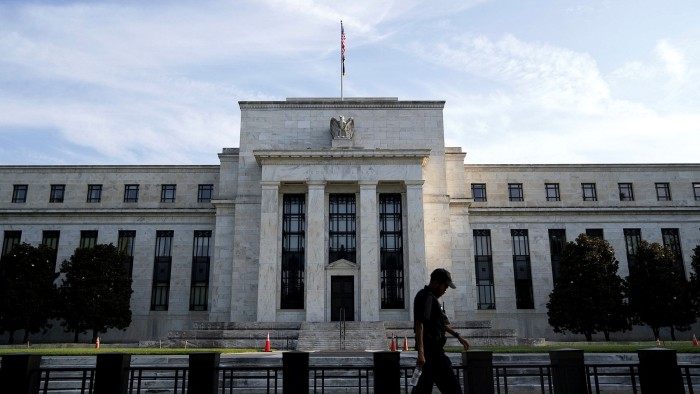Now is not the time for central bank digital currencies

Simply sign up to the Digital currencies myFT Digest -- delivered directly to your inbox.
Stephen Cecchetti is Rosen Family Chair in International Finance at Brandeis International Business School. Kim Schoenholtz is Henry Kaufman Professor of the History of Financial Institutions and Markets at NYU Stern School of Business. In this guest post, they argue that central bank digital currencies are a solution looking for a problem.
In a recent column, the FT’s Martin Wolf called for central banks to introduce their own retail digital currencies now. While we share several of Martin’s concerns about the importance of faster and cheaper payments, financial inclusion, and limiting private digital currencies, we could not disagree more with his argument for central bank digital currencies (CBDC). In fact, we hope that central banks will not introduce digital currencies that are universally available, supplied without limit in exchange for bank deposits, and bear interest — what we call a “universal” CBDC.
Our arguments are twofold. First, we do not need CBDC to promote faster payments, broaden financial access, or limit private digital currencies. Second, universal CBDC raises critical problems that threaten financial stability and privacy, and unnecessarily boost the role of the state in credit allocation.
Let’s start with payments. As it stands, the public and private sectors are already moving to provide cheaper, faster, more reliable, and more accessible systems that operate both within and across borders. For example, the euro area has the TIPS system, with a processing time of 10 seconds at a cost of €0.002 per transaction. Meanwhile, the UK has Faster Payments, Canada is testing Real-Time Rail, and the Federal Reserve is set to launch its own instant payments service, FedNow, in 2023. None of these require CBDC.
While CBDC could add to financial access, in reality it’s a question of state subsidies. Take India as an example. In 2014, the government offered no-frills accounts to all. To date, over 420 million people have been brought into the financial system, with account balances averaging nearly US $50. Not a CBDC in sight.
As for private digital currencies, that’s a matter of regulation and taxation. And, given governments’ obvious incentive to protect seignorage — in support of state spending — they have reason to act whenever these private instruments become salient.
Then there’s the question of financial stability and credit creation. By their nature CBDCs risk disintermediation and currency substitution. Suppose there’s a bank run. It’s not hard to imagine that uninsured deposits would flee from private banks to the central bank, exacerbating the strains on the financial system. And, for highly trusted central banks that operate in stable political and financial jurisdictions without capital controls, these inflows could come from abroad as well, undermining monetary stability in developing economies. Massive inflows would tempt the leading central banks to steer credit directly or — using an extensive system of collateral and haircuts to redistribute the funds — indirectly.
Finally, there’s the issue of privacy. As using CBDC means everything we do becomes traceable, it poses serious threats to personal liberty. In theory, outsourcing compliance to “narrow banks” holding CBDC could secure privacy, but that wouldn’t stop authoritarian states. Moreover, this “compliance delegation” would still lead to the issues described above of disintermediation, currency substitution, and a greater role for the state in credit allocation.
To put it simply, central banks are supposed to be in the business of reducing systemic risk, while encouraging financial efficiency and inclusion. Rather than rushing to offer CBDC for fear of being left behind, they should go slowly to ensure a safe design. In our view, that means stopping well short of issuing universal, unlimited, interest-bearing CBDC.
Weekly newsletter
For the latest news and views on fintech from the FT’s network of correspondents around the world, sign up to our weekly newsletter #fintechFT
Comments